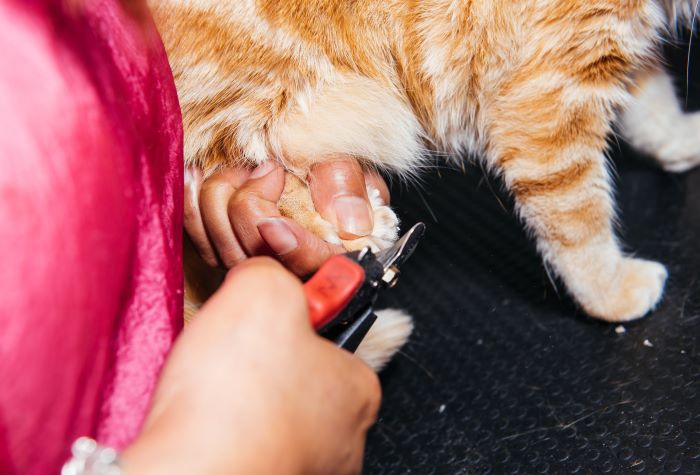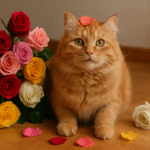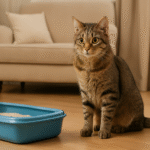The decision as to whether to have a cat declawed is certainly a controversial one, yet it is one that needs to be made based on individual circumstances. For indoor cats that refuse to stick to their scratching post, declawing is certainly a better solution than drug therapy or worse yet, eviction from the home.
Also, for predominately outdoor cats that spend their time indoors destroying the furniture with their claws, declawing might be the answer. It is important to remember, however, that cats without their front claws cannot climb as well (although they can still climb!) as they could with them, and they might have trouble avoiding hostile dogs or fellow cats that they might encounter.
Declawing can be performed as early as 12 weeks of age. In fact, younger cats seem to recover much faster from the surgery than do older cats, primarily due to the immature development of the blood supply and other supporting structures to the nails at a younger age.
Before the decision is made to declaw your cat, try to train it to a scratching post first. If done correctly, you might find that it just may solve the problem. Also, consider keeping your cat’s nails clipped short to minimize the damage caused by its scratching activity. Since the nails of cats are somewhat fragile, be sure that the nail clippers you use are sharp. Guillotine-type clippers available from pet stores work best.
When clipping the nail back, be sure to stop short of the pink “quick,” which contains the blood supply to the nail. However, if an accident does happen, the bleeding can be controlled with direct pressure to the site through the use of clotting powder, again available at a local pet store.
Finally, special nail covers are also available to minimize the damage associated with scratching activity. However, if none of the aforementioned options work, then removal of the front claws might be the only choice left to preserve that happy owner-pet relationship.



